#fleury françois richard
Text
I was reading this article about French paintings of fairytales, and I decided to share some of them with you! Because while France has a long and rich history of fairytale illustrations (the peak of the iceberg being Gustave Doré's illustrations of Perrault's fairytales), it also has several famous fairytale paintings. Some of these include...
Jean-Louis Demarne's "Little Thumbling" (Petit Poucet ; Hop o' my thumb)
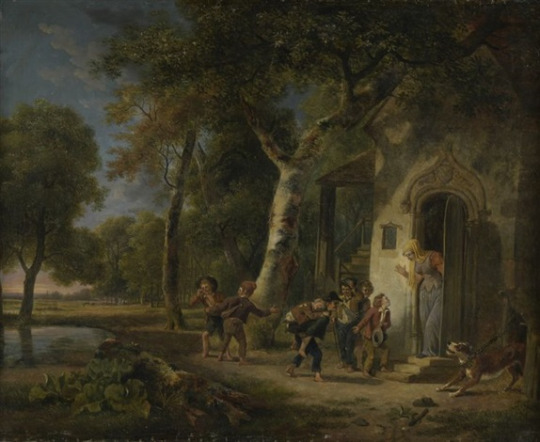
And Fleury François Richard's Little Red Riding Hood:

But we also have an entire series of fairytale paintings created by a same artist, Jean-Antoine Laurent. Unfortunately a lot of these fairytale paintings were lost (we know he did a "Fairy Urgèle" and a "Little Red Riding Hood" lost today) but we have preserved some. Including his "Cinderella trying the glass slipper"...

... his "Cinderella" (sometimes called "Cinderella with the cat" to differentiate it from the painting above)...
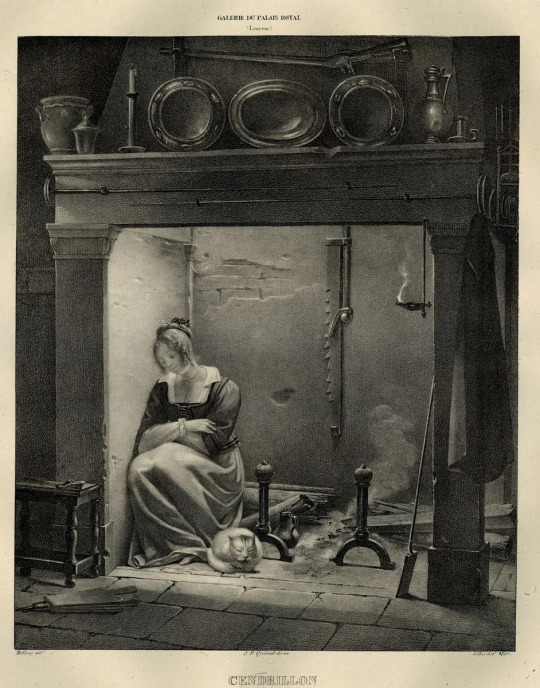
... and his "Donkey skin".

#painting#art#fairytale paintings#french paintings#cinderella#donkey skin#little red riding hood#little thumbling#jean-antoine laurent#fleury françois richard#jean-louis demarne
48 notes
·
View notes
Text

Charles VII writing his farewell to Agnès Sorel by Fleury François Richard
#charles vii#king#agnès sorel#art#fleury françois richard#charles vii of france#writing#sword#france#painting#history#europe#european#medieval#knight#middle ages#french#armour#helmet#plumes#shield#heraldry#fleur de lis#stained glass#royal#royalty#battle#château de malmaison#château de bois-préau#rueil-malmaison
100 notes
·
View notes
Text

Valentine of Milan Mourning her Husband
By François Fleury-Richard, 1802, Napoleonic era, Troubadour style art
Location: Hermitage Museum, Saint-Petersburg
#art#1800s art#painting#François Fleury-Richard#Fleury-Richard#Fleury Richard#hermitage museum#Troubadour style#paintings#valentine of Milan#middle ages#medieval#medieval art#napoleonic era#napoleonic#first french empire#french empire#French art#troubadour#stained glass#stained glass windows
17 notes
·
View notes
Photo


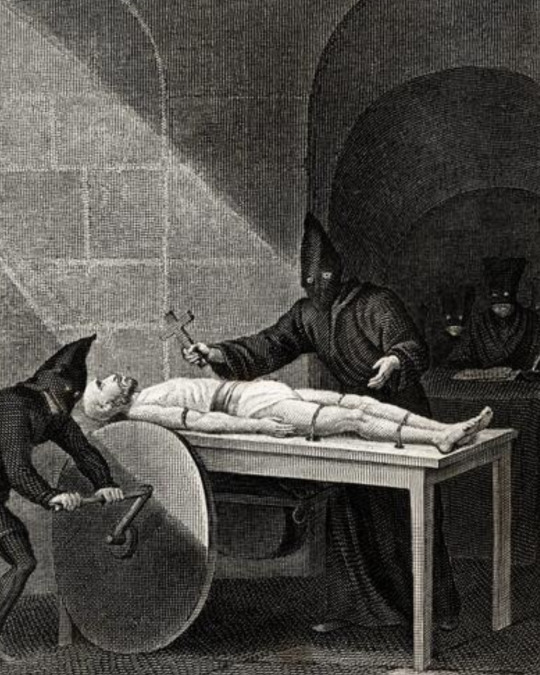

Jacques de Molay, grand maître des templiers allant à la mort-Fleury by Fleury-François Richard + Four prints of Jacques de Molay
On the Torture of the Templars
Those who committed them for trial knew what this torture on the rack meant. The ordinary day consciousness of those who underwent this torture was suppressed, so that during the torture they forgot, in their surface consciousness, their connection with the Mystery of Golgotha. But they had become acquainted — and this is the case with everyone who truly sees into the spiritual world — they had become acquainted with all the trials and temptations which beset a person when he really approaches the good divine-spiritual powers. With all the enemies who work out of the lower spiritual kingdoms and want to bring Man down and lead him into evil, who are able to work in the impulses and desires and passions, and especially in hatred and mocking and irony against the Good, with all these the Templars had become familiar. In many an hour that was for them a sacred hour of their life, they had gained those inner victories that Man can gain when with open eyes he passes through the worlds that lie beyond the threshold of the world of the senses; for these worlds must first be overcome before Man can enter with strengthened powers into the spiritual worlds where he rightly belongs.
During their torture, the vision of the Templars that could look out over these spiritual worlds to which they belonged, became clouded and dim; their surface consciousness was dulled, and their inner gaze was directed entirely and only to what they had experienced as something to be overcome, was directed to the temptations over which they had gained victory after victory. And thus it came about that, during the moments while they were actually being tortured on the rack, they forgot their connection with the Mystery of Golgotha, forgot how with their soul they were living in the spiritual and eternal worlds. And the trials and temptations which they had resisted and overcome stood before them, like a vision, whilst they lay stretched on the rack, and they acknowledged the very thing that each one for himself had overcome; they confessed it to be a custom within the Order. They confessed themselves to be guilty of just that over which they had again and again won the victory. Every one of these Templars was obliged to seem to be the man in him over which he had inwardly gained the victory, over which he had to gain the victory before, with higher forces, he could attain to the highest and holiest of all. (I speak of all true Templars — abuses can of course be found everywhere).
All this the opponents knew. They knew that, just as on the one hand the Mystery of Golgotha had been placed out into the evolution of humanity as an influence for good, so now, in the same way, because the ordinary consciousness had been dulled, therefore what lived in this evil consciousness was by this means placed outside, objectified, and embodied in the evolution of humanity. It had become a factor in history.
Two streams were thus allowed to flow on into modern history: what the Templars experienced in their holiest moments, what they had worked out and developed within the progressing spiritual stream of humanity, but also what had been wrested from them by Ahriman- Mephistopheles, fetched up out of their consciousness in order to make it objective, in order to form it objectively and make it effective in the further progress of the centuries.
—Rudolf Steiner, The Templars (GA 171 - additional lecture)
#Jacques de Molay#Knights Templar#Templar Order#Fleury-François Richard#spiritual science#anthroposophy
3 notes
·
View notes
Text

Charles VII écrivant ses adieux à Agnès Sorel (details), François Fleury-Richard, 1804
2 notes
·
View notes
Text

François Fleury-Richard (1777–1852)
Little Red Riding Hood, 1820, oil on canvas
2 notes
·
View notes
Photo
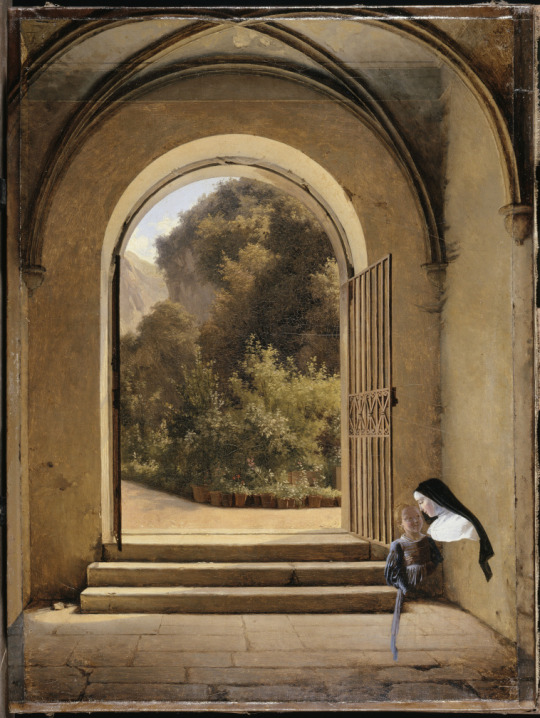
Galerie de couvent (1819—1824) — Fleury François Richard
4 notes
·
View notes
Text

François Fleury-Richard: Little Red Riding Hood
1 note
·
View note
Photo
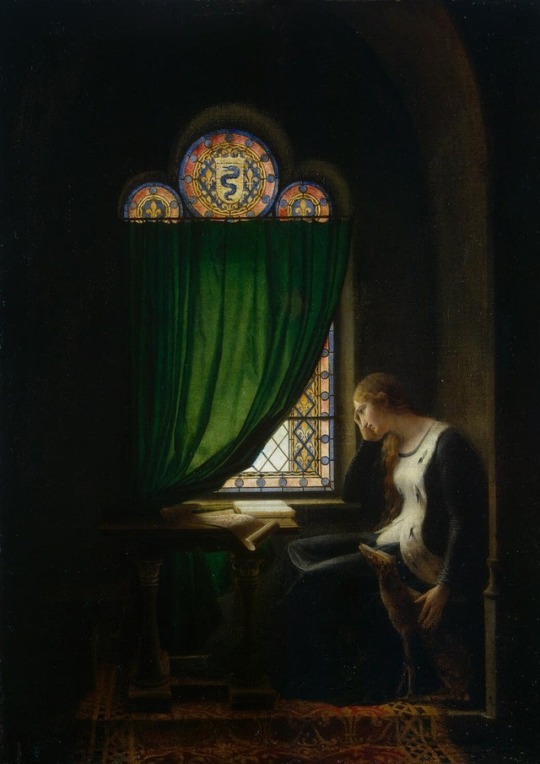
François Fleury-Richard - Valentina of Milan weeping for the death of her husband
4 notes
·
View notes
Text
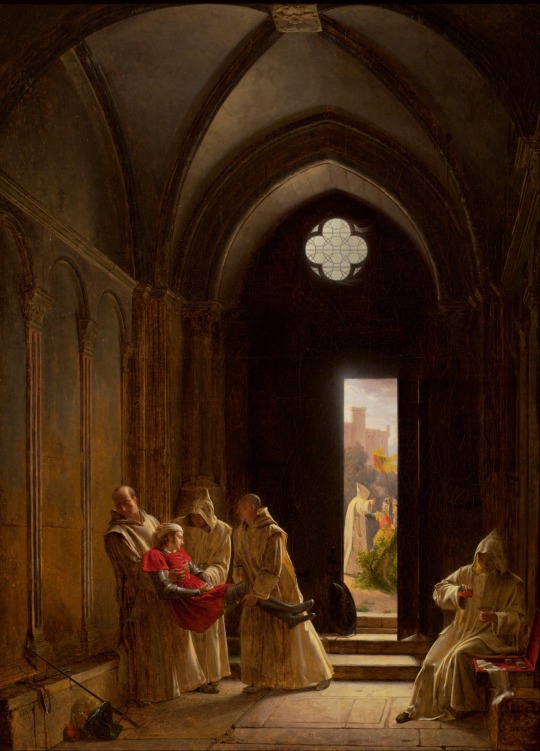
Death of the Prince de Talmont by Fleury François Richard
The painting depicts the death of Charles de la Trémoille, Prince of Talmont and Mortagne after the Battle of Marignano in 1515. The scene is a fictional account of the event, the setting being the Saint Martin d’Ainay, the oldest surviving church in Lyons.
#prince de talmont#charles de la trémoille#death#fleury françois richard#art#painting#history#europe#european#france#medieval#knights#knight#prince#talmont#mortagne#middle ages#armour#monks#french#battle#battle of marignano#marignano#church#saint martin d’ainay#lyon#helmet#sword#flag
29 notes
·
View notes
Text

Hortense de Beauharnais (1810s)
By Fleury François Richard
#Hortense de Beauharnais#Hortense Beauharnais#1810s#napoleonic era#empire style#first french empire#french empire#19th century art#french art#neoclassical#regency
8 notes
·
View notes
Photo

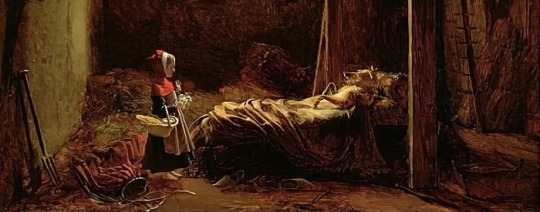


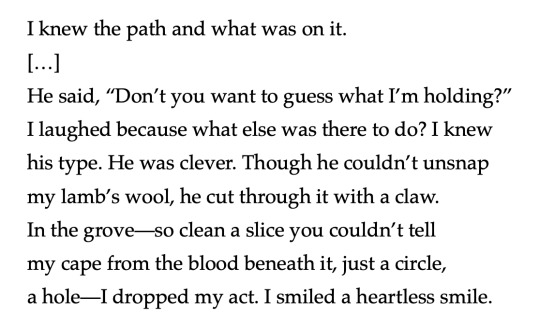





the path is always red
Pavlo Tychyna, “We Say...” (tr. Michael M. Naydan) • Fleury François Richard, Little Red Riding Hood (Detail) • Marjorie Liu, Black Widow: The Name of the Rose • The Company of Wolves (dir. Neil Jordan, 1984) • Vievee Francis, “Bluster” • Jakub Różalski, Wolf Bride (Edited Detail) • Catherynne M. Valente, “The Red Girl” • Gina Litherland, Wolf Alice (Detail) • Angela Carter, “The Company of Wolves” • Daniel Egnéus, Illustration from Little Red Riding Hood
#web weaving#compilations#parallels#comparatives#little red riding hood#red riding hood#fairytales#fairy tale#fairytaleedit#fairytales and folklore#the company of wolves#angela carter#catherynne m. valente#vievee francis#wolves and girls#the bread we eat in dreams#le mien#ok here's one in honor of spooky season 🖤#all the better to eat you with#please excuse the atrocious gif quality. I think it's clear I don't know what i'm doing#and yes some of the art isn't *technically* red riding hood art but wtv they fit the vibe#i don't even have a clear cut thesis here. wolves girls. something something inner ferocity. danger. likeness.#not the lack of fear but still the willingness to face it#and the constancy of the cycle#but in a more literal form with this particular fairytale I guess
3K notes
·
View notes
Photo

Follower of Fleury François Richard
101 notes
·
View notes
Photo

Fleury-François Richard - Valentine of Milan Mourning her Husband, the Duke of Orléans (1802)
Hermitage Museum, St. Petersburg
#fleury-francois richard#valentine of milan#valentine visconti#troubadour style#oil on canvas#one thousand ophelias#mourning painting#stained glass#medieval painting#historical painting#mourning#richard
74 notes
·
View notes

